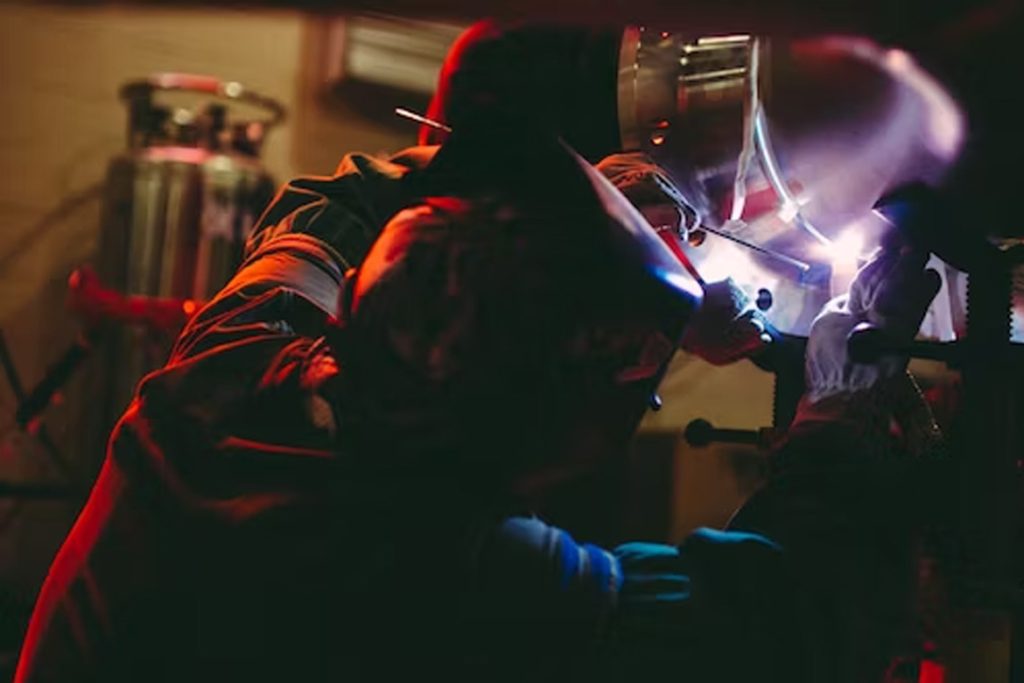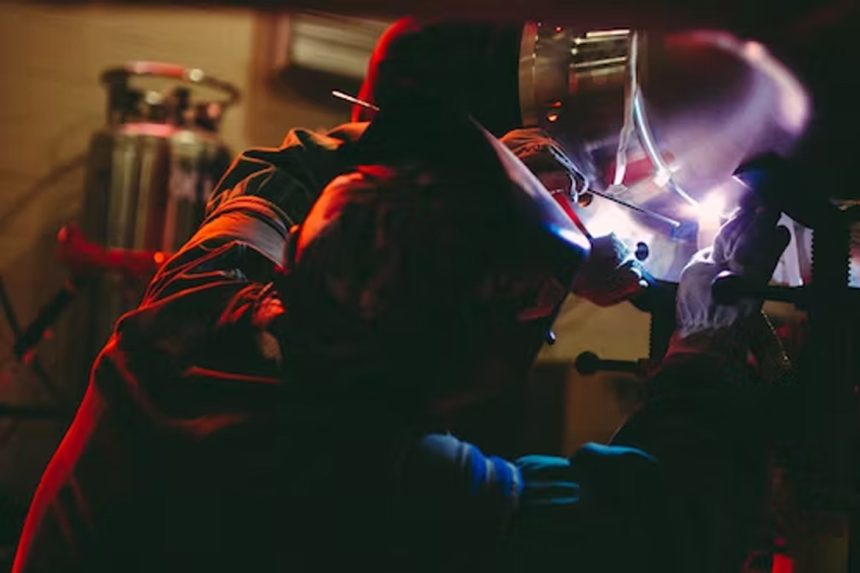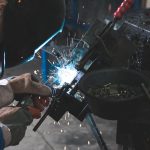If you’re looking for basic welding advice or you’re just curious how long it takes to learn welding, then sit back, grab a cup of coffee, and keep reading for some eye-opening information.
Quickly Learn To Weld Like A Pro – Even If You’re A Complete Newbie!
Welding Town
Learning to weld quickly and easily, even as a complete beginner, is possible. The suggested approach is to focus on MIG (Metal Inert Gas) welding, as it is considered the easiest and fastest welding process to learn.

Benefits of Starting with MIG Welding:
- MIG welding allows you to start welding right away, as the process is relatively simple and user-friendly.
- MIG welders can be used with a standard 110-volt outlet, making them more accessible for beginners who may not have specialized electrical setups.
- MIG welding produces smooth welds with minimal effort, providing satisfactory results even for beginners.
Why Stick Welding and TIG Welding are Not Recommended for Beginners:
- Stick welding can be challenging for beginners as it requires skill in starting the arc, visibility of the weld puddle, and chipping away slag after welding.
- TIG welding is considered an advanced process that requires more time to master, as it is slower, involves using both hands and a foot pedal, and can be costly compared to other welding processes.
The Advantages of MIG Welding for Beginners:
- Continuous welding without interruptions, as MIG welders use a wire feed system instead of welding or filler rods.
- No slag is produced during MIG welding, eliminating the need for post-weld clean-up.
- MIG welding is straightforward to use, as you simply position the welding gun and pull the trigger to start the arc.
It’s important to note that while MIG welding is a good starting point, learning to weld proficiently still requires practice and dedication. By focusing on MIG welding, you can begin welding quickly and gradually improve your skills over time.
Please let me know if there’s anything else I can assist you with.







![12 Different Types of Welding Processes [The Definitive Guide] 11 12 Different Types of Welding Processes [The Definitive Guide]](https://www.021208.com/wp-content/uploads/2025/01/12-Different-Types-of-Welding-Processes-The-Definitive-Guide-150x150.jpg)



